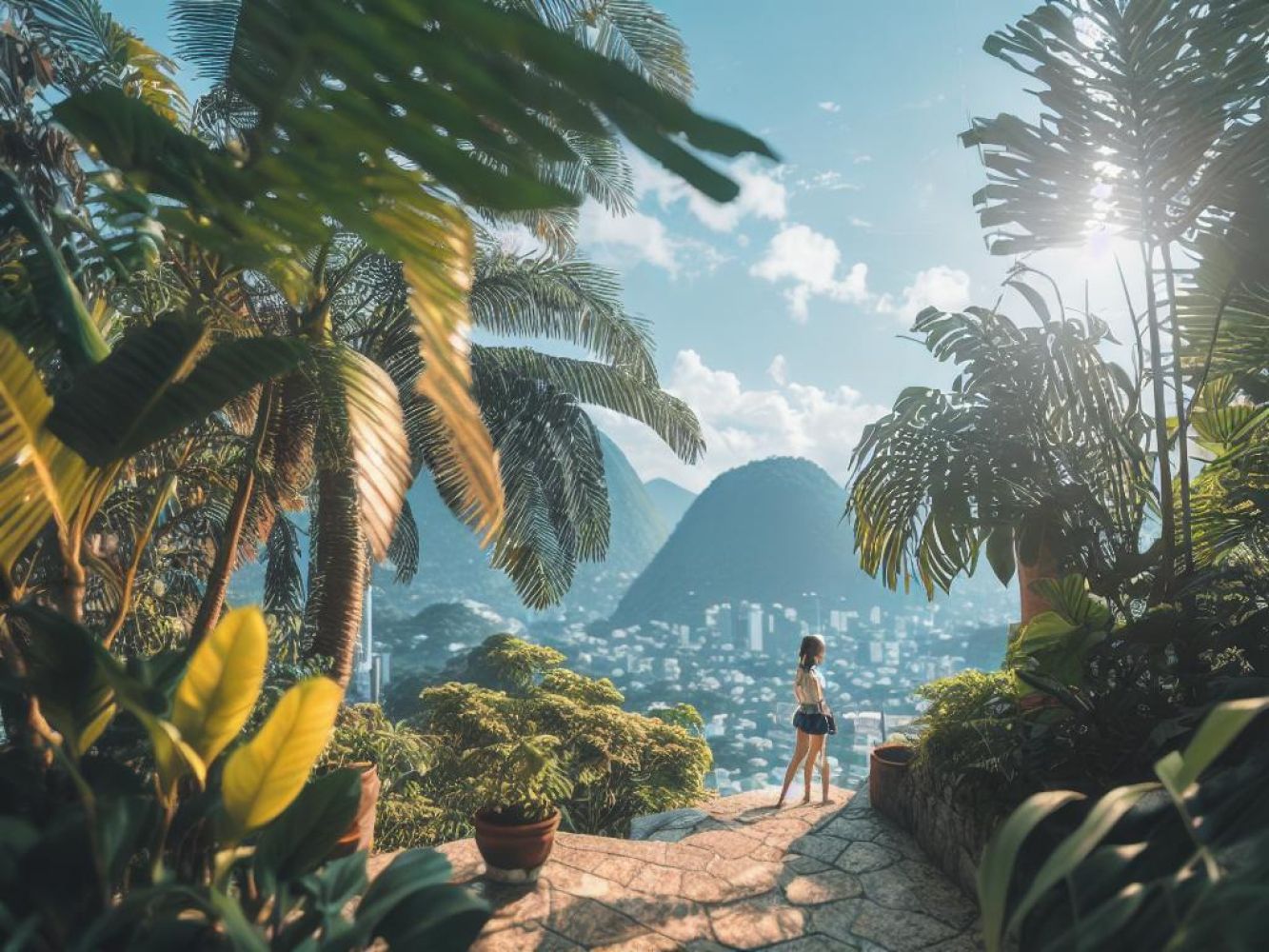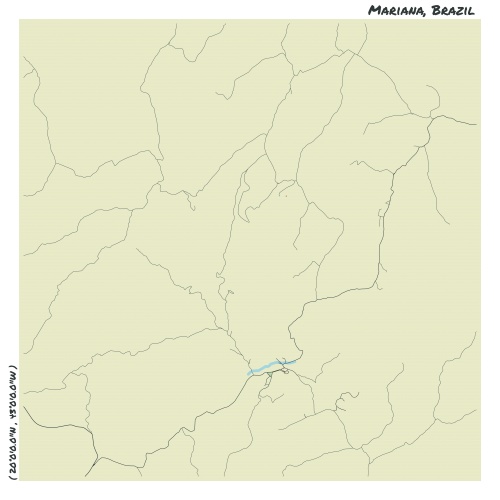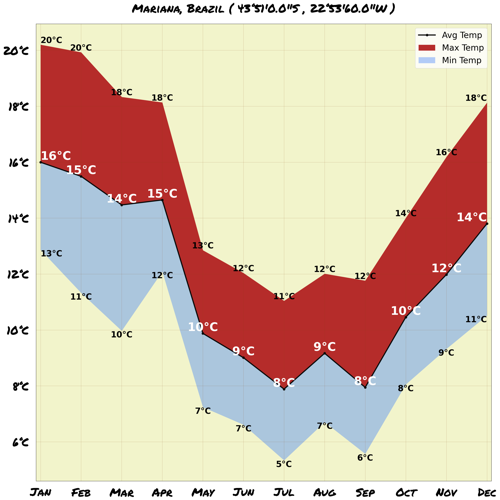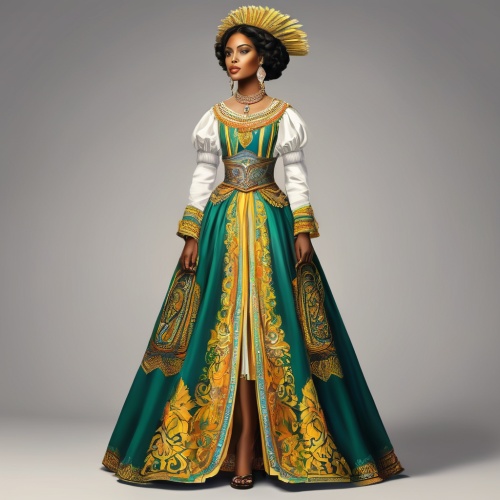Understand
Mariana, originally known as Nossa Senhora do Carmo, is a city that is steeped in history and rich in firsts. Its origins can be traced back to 1696 with the discovery of gold along the Ribeiro Nossa Senhora do Carmo river. This led to its informal name as the Primeira Cidade, or First City. Mariana quickly became the first vila established in the state and soon rose to become the first state capital, as well as a prominent hub for the flourishing gold trade. In 1745, the city received a new name, Mariana, in honor of the Portuguese king Dom João V's wife, Maria Ana D'Austria. Concurrently, Mariana also became the seat of the first bishopric in the region, solidifying its importance as a religious center. To accommodate the growing population, the city was planned with meticulously designed streets and rectangular plazas, making it the first planned city in the state. Today, Mariana proudly preserves its rich colonial heritage. As you explore its well-preserved colonial buildings and churches, you'll feel as if you've traveled back in time. Experience the captivating charm of Mariana and witness its historical significance firsthand.
Map & Climate
Popular Foods
 Feijoada is a traditional Brazilian stew made with black beans and various meats, typically including pork, sausage, and beef. It's cooked slowly with onions, garlic, and spices, resulting in a rich and hearty dish. Often served with white rice, orange slices, and farofa (toasted cassava flour).
Feijoada is a traditional Brazilian stew made with black beans and various meats, typically including pork, sausage, and beef. It's cooked slowly with onions, garlic, and spices, resulting in a rich and hearty dish. Often served with white rice, orange slices, and farofa (toasted cassava flour).  Pão de queijo, also known as Brazilian cheese bread, is a popular snack or appetizer made with tapioca flour and cheese. These small, round balls have a crispy exterior and a soft, cheesy interior. Commonly filled with cheese like mozzarella or minas cheese, they can be enjoyed warm or cold.
Pão de queijo, also known as Brazilian cheese bread, is a popular snack or appetizer made with tapioca flour and cheese. These small, round balls have a crispy exterior and a soft, cheesy interior. Commonly filled with cheese like mozzarella or minas cheese, they can be enjoyed warm or cold.  Moqueca is a seafood stew originating from the northeastern region of Brazil. It consists of fresh fish, shellfish, coconut milk, onions, tomatoes, and regional spices, cooked in a single pot. Usually served with white rice, it showcases the abundance of seafood found along Brazil's extensive coastline.
Moqueca is a seafood stew originating from the northeastern region of Brazil. It consists of fresh fish, shellfish, coconut milk, onions, tomatoes, and regional spices, cooked in a single pot. Usually served with white rice, it showcases the abundance of seafood found along Brazil's extensive coastline. 




Comments
NO COMMENTS